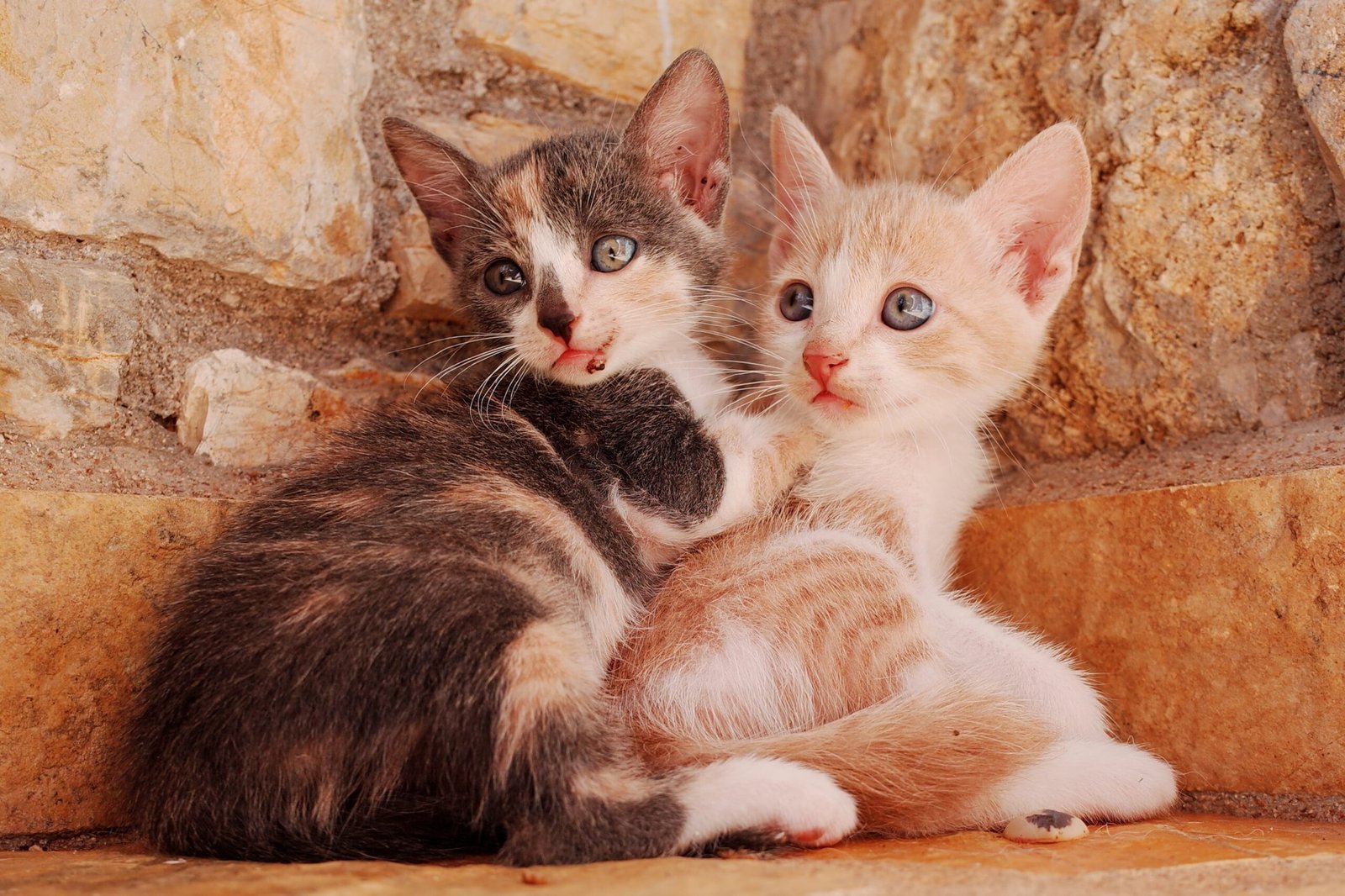Understanding when kittens transition into adulthood is vital for every cat owner. This knowledge helps to ensure appropriate care and support throughout the various growth stages of the feline lifecycle. This article provides a comprehensive overview of these stages, from newborn kittens to their transition into adulthood.
Cats, like humans, undergo different stages of growth and development, each with its unique characteristics and needs. Recognizing these stages not only helps you provide better care but also strengthens the bond you share with your furry friend.
Newborn Stage
The newborn stage refers to the first two weeks of a kitten’s life. During this period, kittens are mostly helpless and rely entirely on their mother for nourishment and protection. They possess distinct physical and behavioral characteristics, such as closed eyes and ears, inability to regulate their body temperature, and a strong sense of smell to locate their mother.
In the newborn stage, it is crucial to provide a warm and safe environment for the kittens. They need a cozy nest with soft bedding and a heat source to maintain their body temperature. It is important to ensure that the mother cat has a quiet and peaceful space to care for her kittens without disturbances.
As the kittens grow in this stage, their eyes begin to open after seven to ten days, marking the beginning of their visual exploration of the world around them. Their sense of smell also becomes more refined, helping them identify their mother and siblings. It is essential to handle newborn kittens gently and limit external stimuli to minimize stress.
Transitional Stage
The transitional stage occurs from the third week to the end of the first month. This stage is marked by significant changes in the kittens’ physical appearance and behavior. They begin to develop teeth, their hearing improves, and they start taking their first wobbly steps.
During the transitional stage, the kittens’ curiosity grows, and they become more active and playful. It is important to provide a safe and stimulating environment for them to explore. Introducing age-appropriate toys and interactive play sessions can help develop their coordination and cognitive skills.
As they start to explore their surroundings, the kittens may begin to show interest in solid food. It is advisable to gradually introduce a high-quality kitten food mixed with formula or wet food to ensure they receive proper nutrition. Monitoring their weight gain and consulting a veterinarian for guidance on feeding schedules and portion sizes is essential.
Kitten Stage
The kitten stage, which stretches from one month to about six months, is a period of rapid growth and development. The kittens’ physical and behavioral changes are quite apparent during this stage. They become more active, playful, and begin to exhibit more of their unique personality traits.
During the kitten stage, it is crucial to provide an enriched environment that encourages exploration and learning. Interactive toys, scratching posts, and climbing structures can help satisfy their natural instincts and provide mental stimulation. Regular play sessions and social interaction with humans and other animals contribute to their socialization and overall well-being.
As they grow, their nutritional needs change. It is recommended to transition from kitten food to a balanced adult cat diet gradually. Consultation with a veterinarian can ensure a smooth transition and address any specific dietary requirements based on the kitten’s breed and health condition.
Adolescent Stage
The adolescent stage begins around six months and lasts until a cat is about two years old. This stage is characterized by physical and behavioral changes, such as reaching sexual maturity and a decrease in their rate of growth.
During the adolescent stage, it is important to provide outlets for their energy and instinctual behaviors. Engaging in interactive play sessions and providing scratching posts can help redirect their energy and prevent destructive behavior. Neutering or spaying is typically recommended during this stage to prevent unwanted pregnancies and reduce certain behavioral issues.
Adolescent cats may exhibit more independence and assertiveness. Patience and consistent training can help establish boundaries and reinforce desired behaviors. Providing a balance of mental and physical stimulation is crucial to keep them engaged and prevent boredom.
Adult Stage
The adult stage typically begins when a cat is around two years old. Adult cats are usually fully grown and have a set routine and behavior pattern. They display a calm and composed demeanor compared to their kitten and adolescent stages.
During the adult stage, it is important to maintain a balanced diet tailored to their specific needs and monitor their weight to prevent obesity. Regular veterinary check-ups, vaccinations, and parasite prevention measures should be continued to ensure their overall health and well-being.
Adult cats thrive in a consistent and stable environment. Providing a comfortable and enriching living space, along with regular play and quality bonding time, helps strengthen the human-cat relationship. Maintaining a routine for feeding, play, and sleep promotes a sense of security and stability for the adult cat.
Conclusion
Understanding the growth stages of kittens is crucial for their proper care and development. From the helpless newborn stage to the playful kitten stage, the energetic adolescent stage, and finally, the calm adult stage, each phase brings its joys and challenges. Knowing when kittens become adults allows you to provide the appropriate care at each stage, ensuring your furry friend grows healthily and happily.











